Take your beats to the edge using bit depth and sample-rate reduction plugins
Distort your drums with two styles of digital distortion
There are countless plugins that can apply bit depth and sample rate reduction, many dedicated entirely to those processes, others incorporating them as part of a broader creative remit.
Digital distortion - particularly dropping the bit depth - is about as riotous as effects get, so be careful with those controls, lest you blow your speakers, ears and/or mind; and exercise taste and aesthetic judgement when appraising the sounds you’re making.
A good general rule with any distortion or saturation-based effect is to set it where you think it sounds right, then back it off a touch. Unless, of course, your goal is total decimation, in which case, have at it!
In this tutorial, then, we'll be messing up a TR-808 loop using Native Instruments’ Dirt, Togu Audio Line’s TAL-DAC and FabFilter Saturn. These can all be substituted with any bit depth and sample-rate reduction plugins you like, as assuming any peripheral controls (jitter, filtering, etc) are zeroed, and disregarding any circuit modelling that might also be playing a part, they should all sound the same, what with both processes being entirely mathematical in nature.
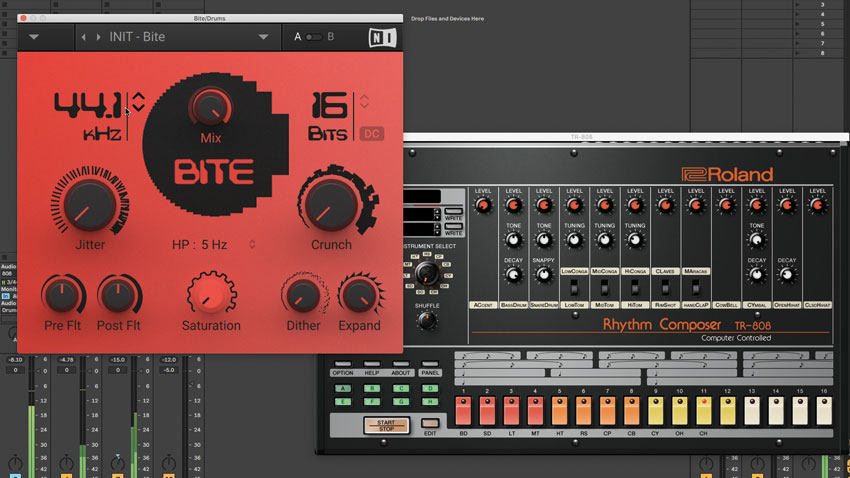
Step 1: When using digital distortion, note the difference between bit-depth and sample-rate reduction. Bit depth is the dynamic range of the signal - the difference between loud and quiet parts - while sample rate determines the highest audible frequency, always half its value. Let’s apply both to our TR-808 loop.
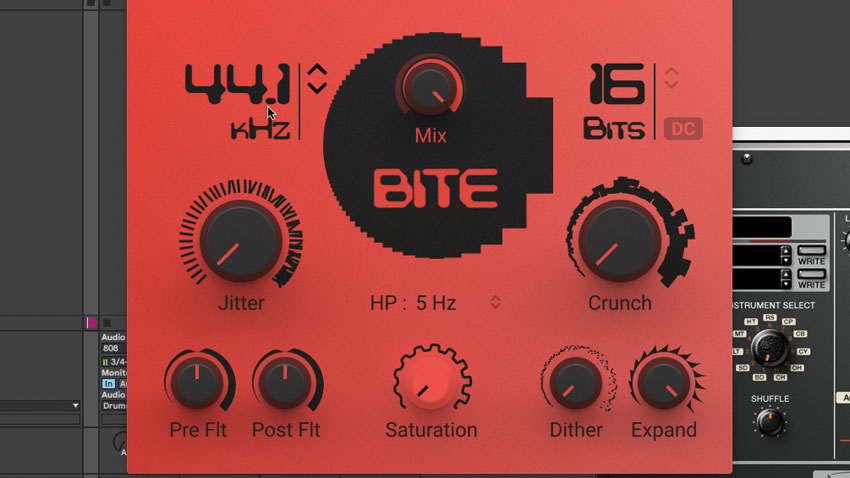
Step 2: We’ve inserted Native Instruments’ Bite - a digital distortion plugin - on the grouped TR-808 bus. The Bits and Sample Rate parameters start at their defaults of 16-bit and 44.1kHz, which is your standard CD quality. Lowering the bit depth will have an increasingly profound effect on the sound…
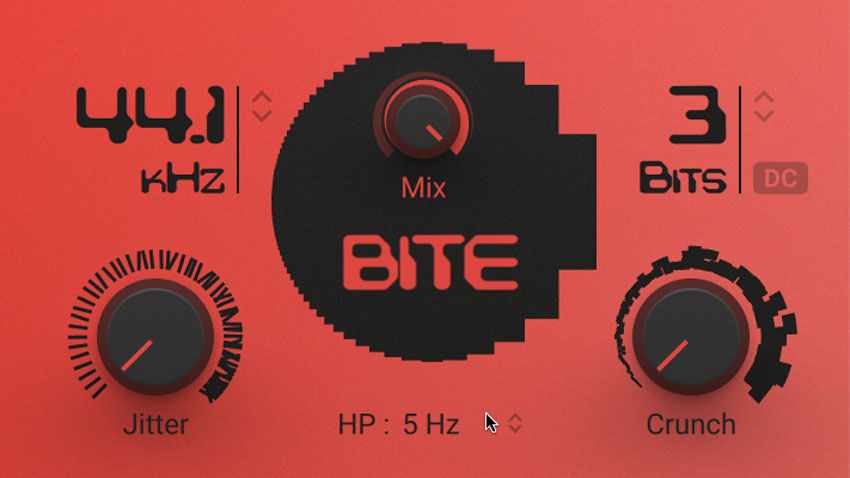
Step 3: As the bit depth gets lower, the recreation of the audio waveform is quantised to fewer and fewer possible amplitude values, reducing the range of volume levels that it can represent. This is particularly evident in the sustain tail of the kick drum, which gets very flat indeed around the 3-bit mark.
Want all the hottest music and gear news, reviews, deals, features and more, direct to your inbox? Sign up here.
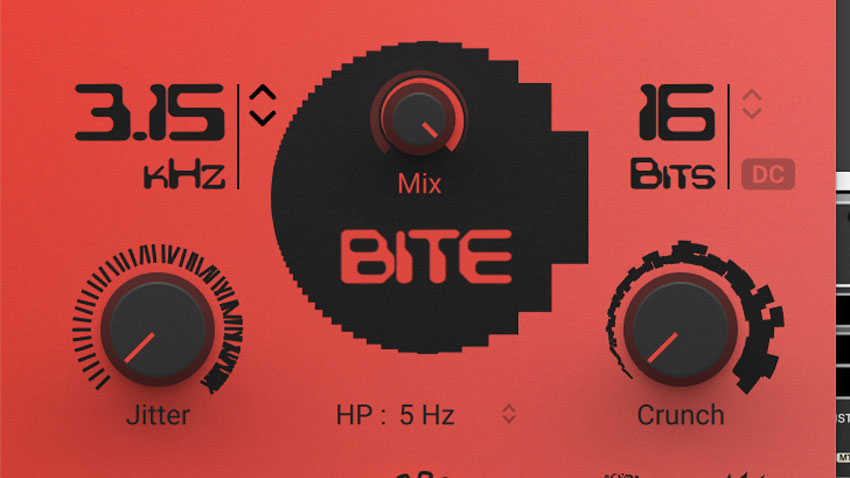
Step 4: Dropping the Sample rate has a less dramatic impact, essentially working like a low-pass filter as the highest audible frequency is lowered. Some digital distortion plugins - Bite being one of them - include a Jitter control, which randomly modulates the sample rate very quickly for added noise.
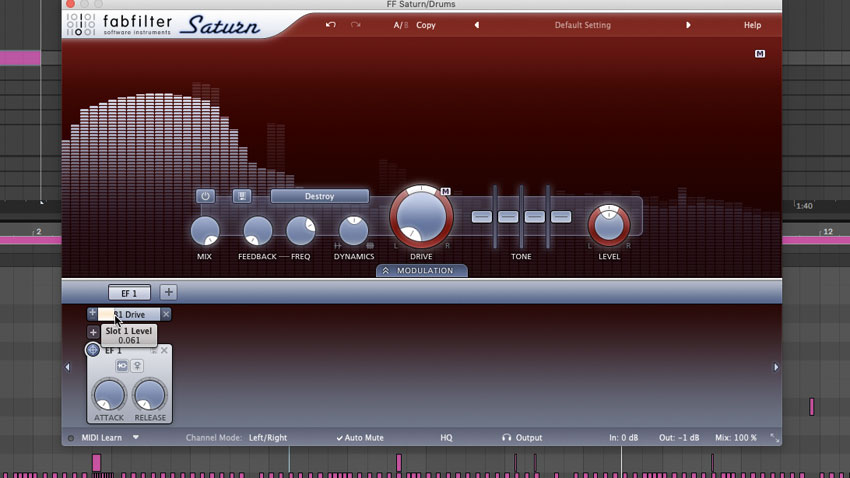
Step 5: Assigning an envelope follower to control the amount of distortion applied adds grit to the transients in a beat without damaging the sustains. Here, we're doing just that using FabFilter Saturn’s Destroy digital distortion algorithm and onboard envelope follower.

Step 6: So far, we’ve applied digital distortion to the whole kit, but for more processing control, it can be called up separately on each element. Here, we’ve got separate instances of Bite and Togu Audio Line’s TAL-DAC inserted on our kick, snare/clap, hi-hats and toms channels, letting us balance distortion across them.
Computer Music magazine is the world’s best selling publication dedicated solely to making great music with your Mac or PC computer. Each issue it brings its lucky readers the best in cutting-edge tutorials, need-to-know, expert software reviews and even all the tools you actually need to make great music today, courtesy of our legendary CM Plugin Suite.
